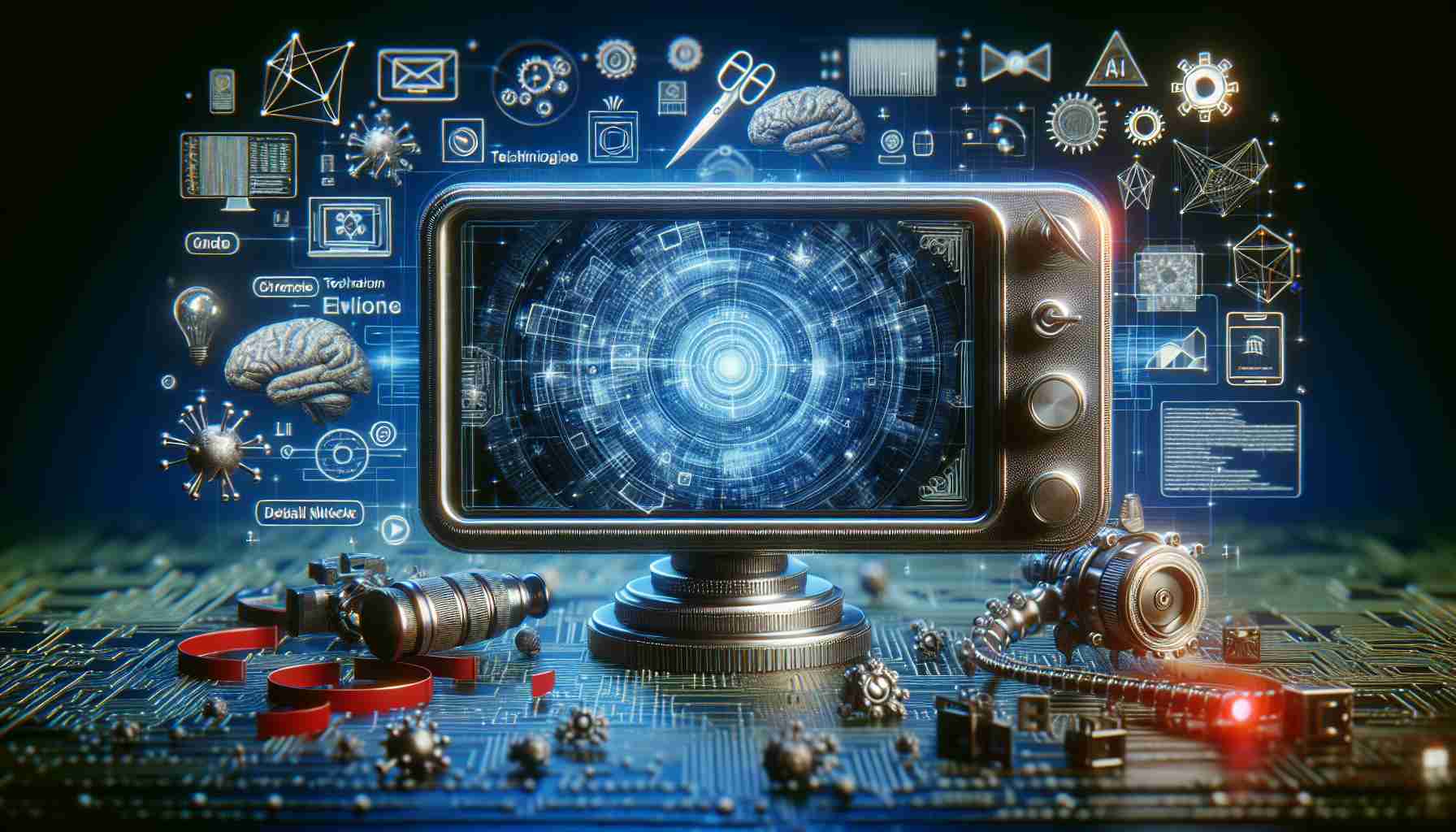Emergence of Text-to-Video AI in China
Technology breakthroughs in AI are continuously reshaping the media landscape, with the latest addition coming from China. Shengshu Technology, in collaboration with Tsinghua University, has developed an innovative artificial intelligence tool capable of transforming text inputs into video content with striking realism. This creation marks China’s foray into the realm of advanced AI-driven content production.
Vidu: New Frontiers in Video Generation
The AI tool, named Vidu, boasts the ability to generate 16-second videos at a stunning 1080p resolution with a simple click. Vidu’s debut took place at the Zhongguancun Forum, a technological event in Beijing, highlighting China’s progress in high-quality video model development.
Often compared to the capabilities of the not-yet-widely-available ChatGPT’s Sora, Vidu has similarly impressed with its ability to produce videos that closely mimic reality. Sora has been previously noted for its realistic video outputs, and Vidu appears to match that efficacy.
As AI continues to penetrate various fields, it’s evident that the era of flawless replica videos sourced from mere text descriptions has commenced. Vidu’s inception underlines the advancements in artificial technology, especially within the burgeoning Chinese tech sector. The development signals a significant leap in multimedia content creation and the potential for new applications in entertainment, education, and more.
Implications of Advanced AI Tools Like Vidu
The introduction of Vidu signifies a major milestone in AI development, especially in multimedia content generation. AI tools that can create realistic videos from text can revolutionize the way we produce and consume digital content. This technology has the potential to create personalized content, automate the video production process for businesses, and assist in educational material development. However, it also brings forward critical questions regarding authenticity and ethics in digital media creation.
Key Questions and Concerns
One of the most pressing questions related to text-to-video AI tools like Vidu is the issue of deepfakes and the potential for misuse. As these AI models become more sophisticated, distinguishing between authentic content and AI-generated replicas becomes increasingly challenging. This raises concerns about the propagation of misinformation, potential impacts on elections, personal reputation, and national security. Ensuring the responsible use of such technology is paramount.
Challenges and Controversies
Key challenges associated with Vidu and similar technologies revolve around ethical considerations, copyright issues, and the requirement for robust regulatory frameworks. The ability of these tools to replicate individuals’ likenesses and voices could lead to controversies in impersonation and privacy. This necessitates the development of regulations and watermarking or similar techniques to indicate AI-generated content.
Advantages and Disadvantages
The advantages of Vidu include efficiency in content creation, cost reduction in video production, and the democratization of content generation, allowing more individuals and organizations to create video content without extensive resources. On the other hand, disadvantages could include potential job displacement for professionals in the field, the destabilization of trust in digital media, and the need for considerable computational resources, possibly resulting in heightened environmental impacts.
To stay informed about AI developments and the implications for society, consider visiting major technology and AI research websites. Here are some related links:
– MIT Technology Review
– DeepLearning.AI
– Wired
– Nature AI
It’s important to monitor these sources to gain insights into the latest progressions in AI like Vidu and the evolving discussions around their impacts on society.

